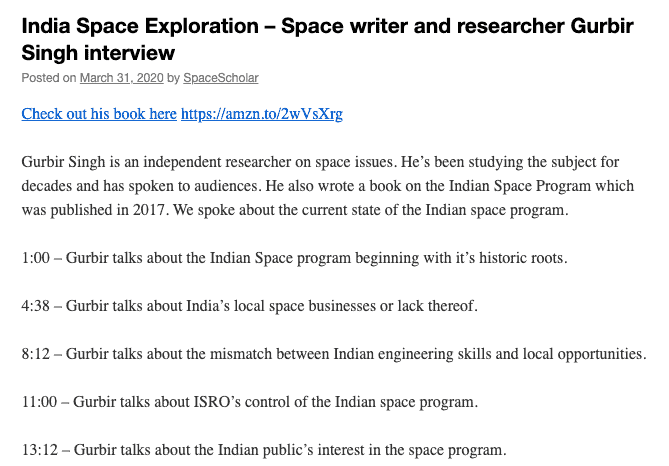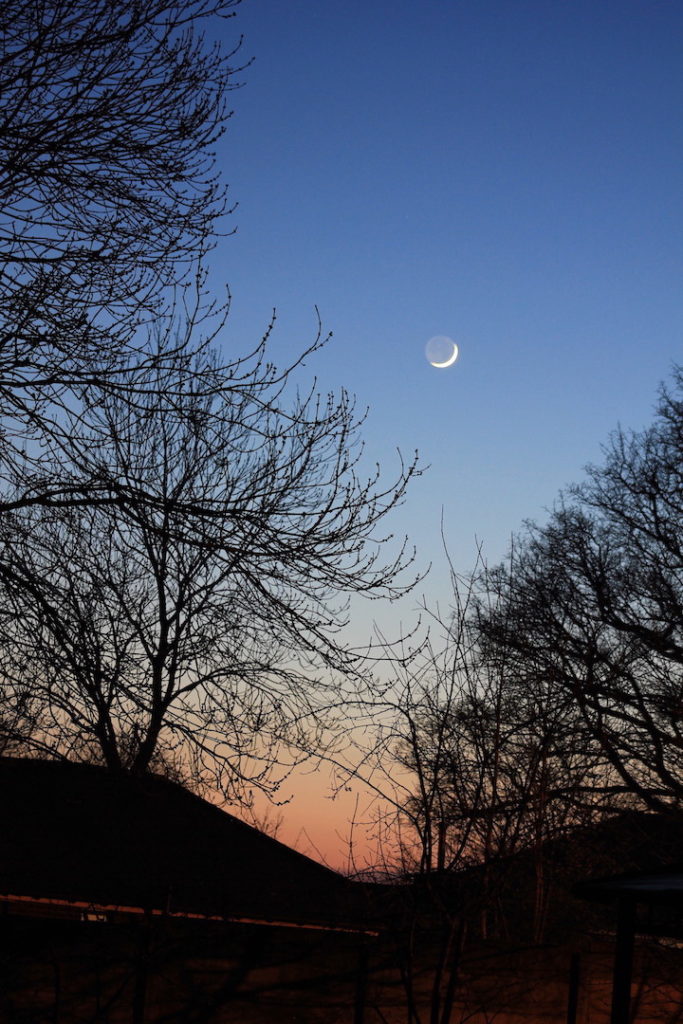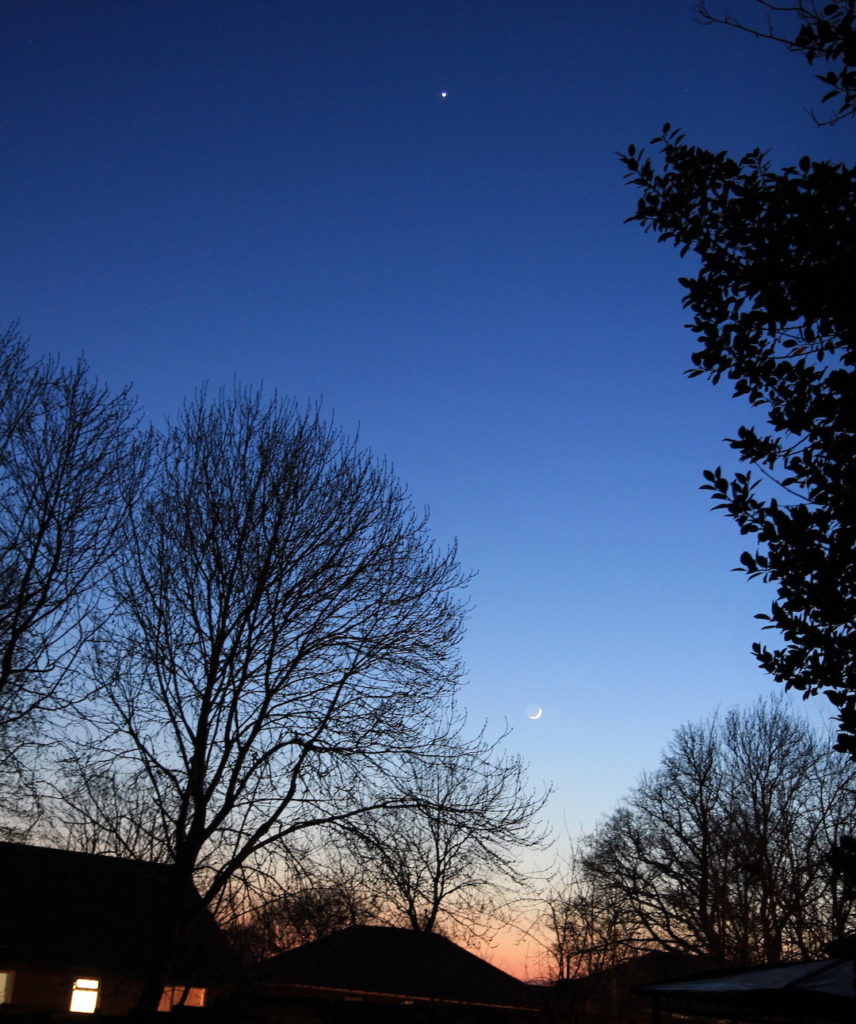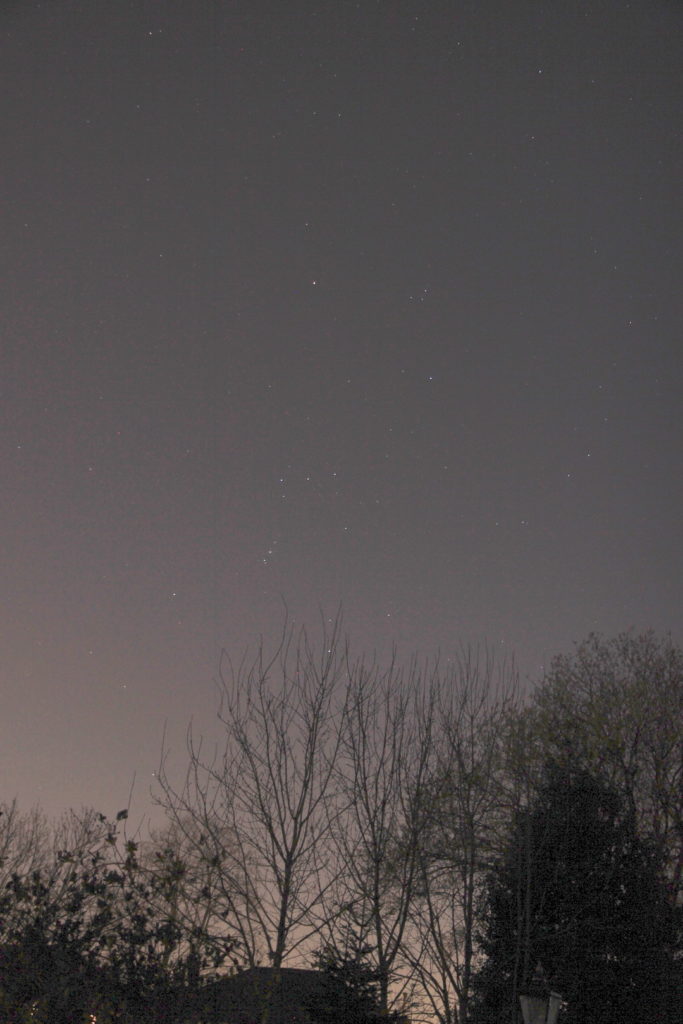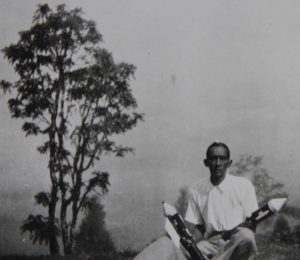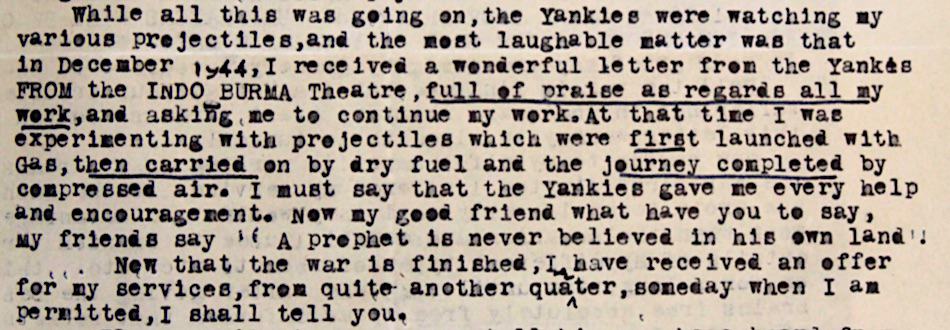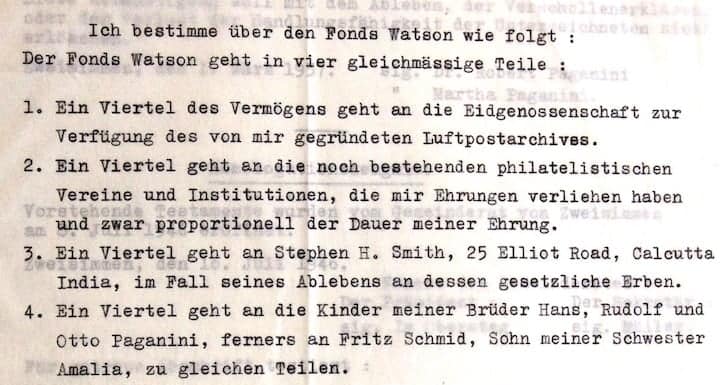Want to know a bit more about space activities in India? Listen to Chris Alvarez interviewing me for an episode on spacewalksmoneytalks.com. In a wide-ranging discussion, we speak about India’s private space sector, International collaboration, Anti-satellite test, Human Spaceflight and India’s plans for science missions to explore the Sun, Venus and return to Mars.
Chris also provides a handy timeline in text. So you can jump quickly to topics of interest.
